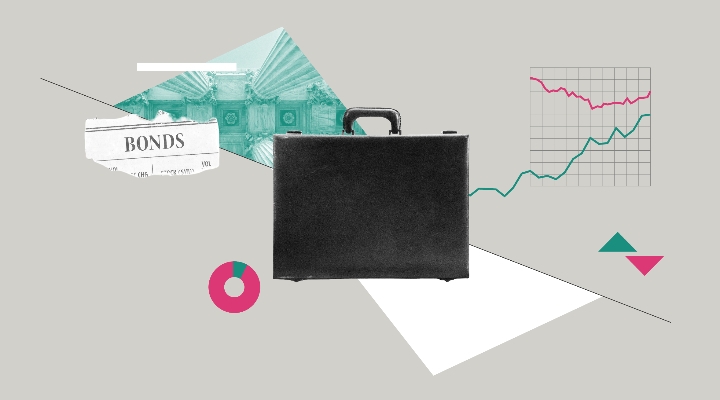Morningstar's "Perspectives" series features investment insights from selected third-party contributors. Here, James de Sausmarez, Director and Head of Investment Trusts for Henderson Global Investors, explains the key differences between open and closed end funds.
Q. What are the similarities between investment trusts and open-end funds?
A. Both funds and trusts are collective, or pooled investments; that is, they pool the money of large numbers of individual investors to create a much larger amount of money which can then be invested. Also, they both use a fund manager to decide which companies to buy with the investors’ money.
Q. And what about the differences?
A. Funds are also known as open ended investment companies, or OEICs, and unit trusts in the UK. By definition they are open ended companies. That means when new investors come along with money to invest, new units in the fund are created and the fund grows. Similarly when investors want their money back, the fund shrinks as the units are cancelled. Investment trusts are different in that in principle there are a fixed number of shares in issue, so in order for an investor to buy shares another investor must be prepared to sell. This is the main difference.
Q. And what’s the impact of the closed- and open-ended structure for investors?
A. Firstly, in extreme market conditions, investors often want to move into cash. Managers of funds sell assets to achieve this and if they need to sell at a loss, returns for investors are affected. Investment trusts, on the other hand, match sellers to buyers so the manager can avoid being forced to sell investments in a falling market.
Q. Are there any other material differences?
A. Yes, a trust can borrow money or ‘gear’ to enhance returns in a rising market. Investment funds cannot don’t normally do this. Gearing allows the manager to take advantage of opportunities he would otherwise be able to access, but he must ensure that the return he gets from that opportunity outweighs the cost of borrowing the money in the first place.
Finally, investment trusts can retain up to 15% of the income they get as dividends from the companies in which they are invested whereas funds have to pay out all the income they receive. This means investment trusts can smooth out the paying of income by keeping back money to pay out in years when they don’t get so much money in.
Q. Are the costs of running an investment trusts also different, and therefore the costs passed on to investors, different?
A. This is situation which is changing quite dramatically at the moment. Funds have historically had higher annual management charges, often around 1.5% a year but this figure has included a rebate which has been paid from the fund manager to independent financial advisers who have recommending funds to investors. In 2013 this practice was banned, and the charges for buying a fund have been separated between the costs of running the fund itself, the cost of the advice received, and any cost of holding the fund on an investment platform.
Investment trusts haven’t generally paid commission to salesmen, so have had lower annual management charges, but it’s important to look at the total costs of ownership to make a like with like comparison. For example investment trusts generally attract a transaction charge when bought through a platform, and stamp duty is payable to the government on purchases. This is not the case for funds.
Morningstar Disclaimer
The views contained herein are those of the author(s) and not necessarily those of Morningstar. If you are interested in Morningstar featuring your content on our website, please email submissions to UKEditorial@morningstar.com.





























